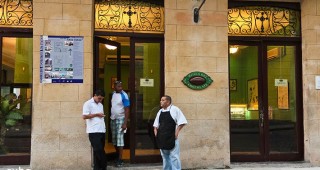One of the most majestic buildings in Havana, it was partly built on the sight of the old wall that surrounded the city, and it is said that the stones of the wall were used in its construction. It was, at the time, the largest Cuban building for living purposes, with a surface area of 2,300 square meters, ground floor, mezzanine and main floor.
A notable characteristic is the harmony achieved in the series of arches in the portal, in which the Ionic order is predominant, and the windows of the main floor, closer to the Corinthian order. The wrought-iron banister is in keeping with the trend of the times, but the splendid door made of the same material is exceptional. The top floor is now home to the dance academy Sociedad Rosalía de Castro.
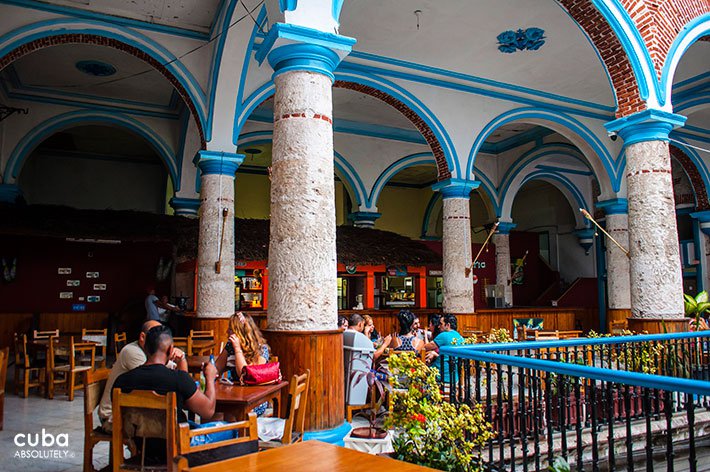

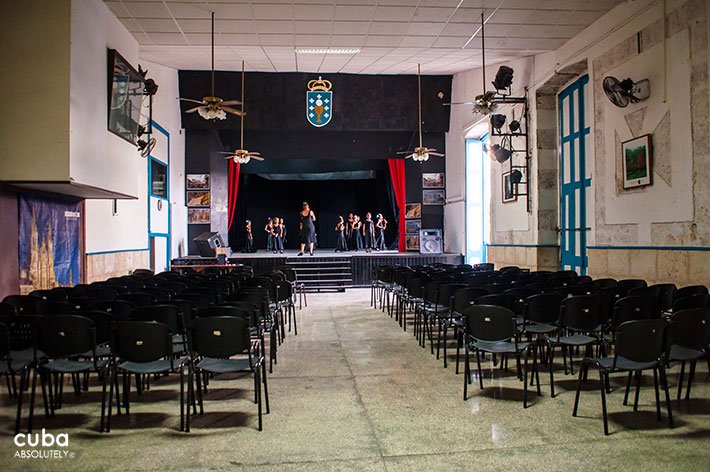
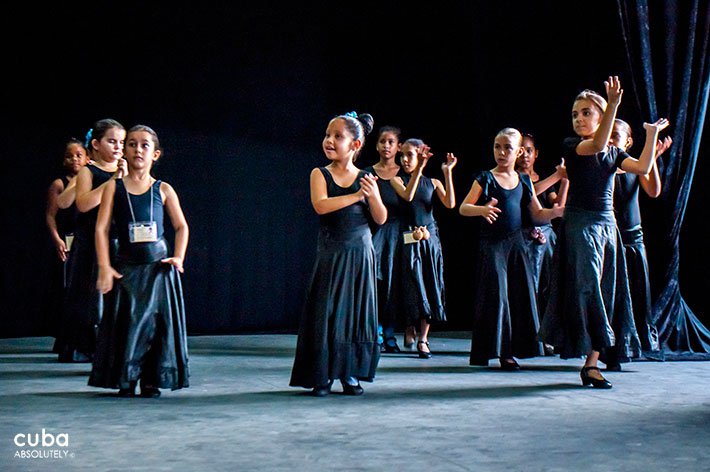
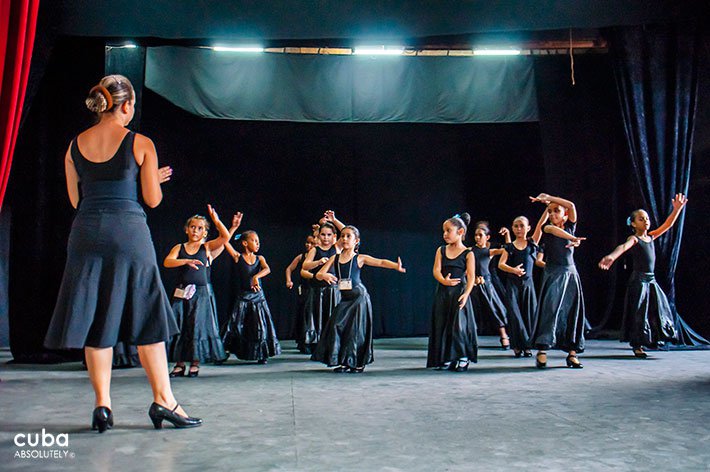
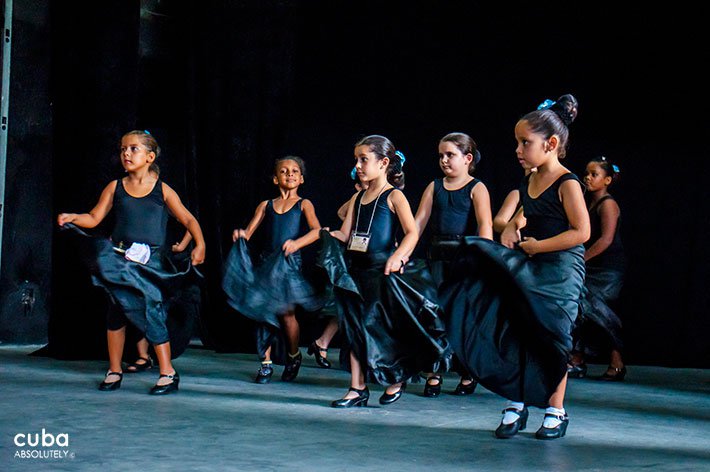


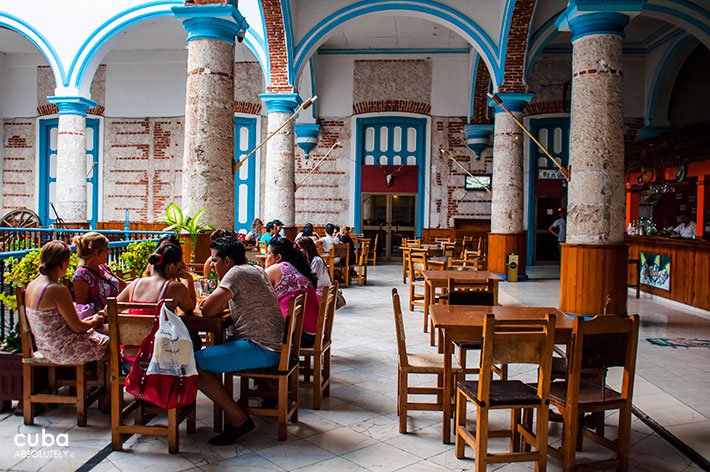
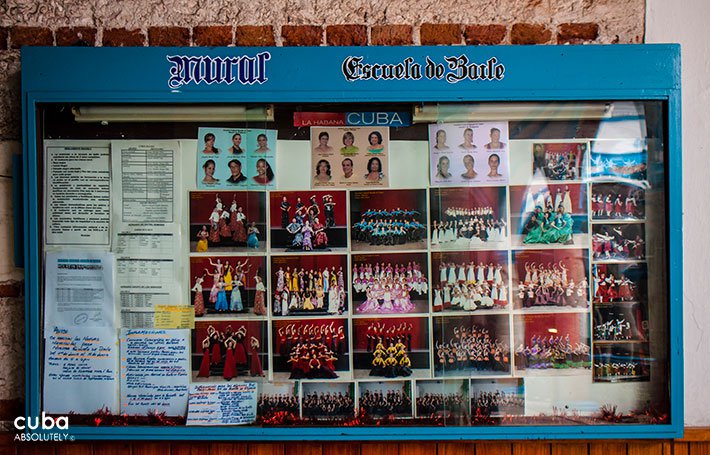

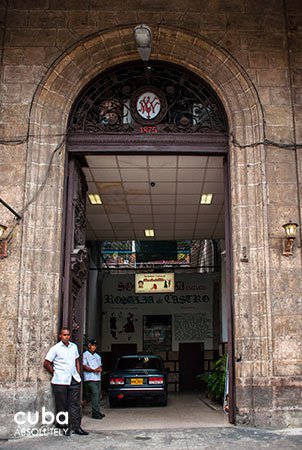


 Other
Other



